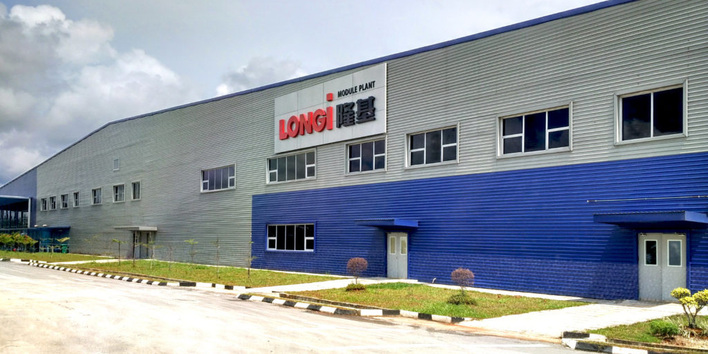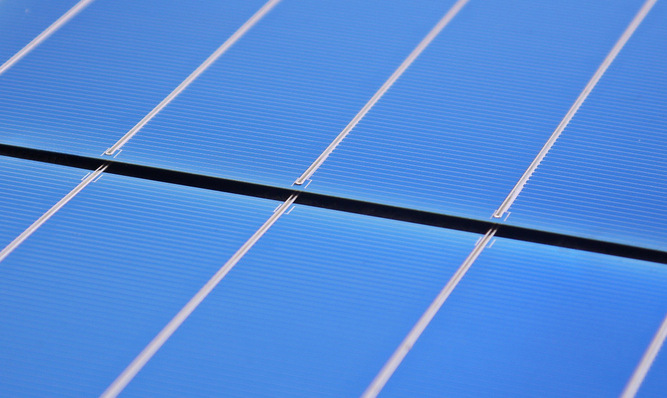For a sustainable future in the face of an advancing climate change, the growing energy demand of our planet must be supplied by eco-friendly, low carbon energy sources. To that end, Heliatek from Germany have developed an industrial-grade organic solar film suitable for virtually any surface of any building. Called HeliaSol, it is an energy generating solution that makes a significant contribution to avoiding greenhouse gas emissions.
Heliatek’s organic solar film makes up for the carbon dioxide equivalents emitted in its entire life cycle from production to disposal within less than three months. “We are proud to announce that we are delivering one of the greenest ways to generate electricity while massively avoiding greenhouse gas emissions. The unique composition of our organic solar films with non-toxic materials and the PET-based outer coatings will make disposal both convenient and environmentally friendly,” says Guido van Tartwijk, CEO of Heliatek.
Beating crystalline silicon by a large margin
To compare the carbon footprint with other solar technologies, all results need to be converted to grams of carbon dioxide per kilowatt hour (g CO2e/kWh) to reflect the electricity generation over the products’ lifetimes depending on a specific location. For Southern Europe, HeliaSol has a carbon footprint of 5-7 g CO2e/kWh (7-9 g CO2e/kWh in Central Europe), which is significantly better than any of the other common solar technologies. Standard crystalline silicon modules achieve values of 40-100 g CO2e/kWh depending on their installation location and origin of production.
“With the continuing increase of our solar cell efficiency, we will bring the carbon footprint of our product even further down to become the energy source with the lowest carbon footprint in the world – including hydroelectric, wind and solar power,” Jan Birnstock, CTO of Heliatek, says. “This is a truly green product.“
Heliatek are currently installing their large-scale production line for their unique solar films. The production line is in the ramp-up phase and will produce organic solar films with an annual capacity of up to one million square metres starting in mid-2020. (mfo)
Please see also view our video from this summer's pv Guided Tour on building-integrated photovoltaics.







